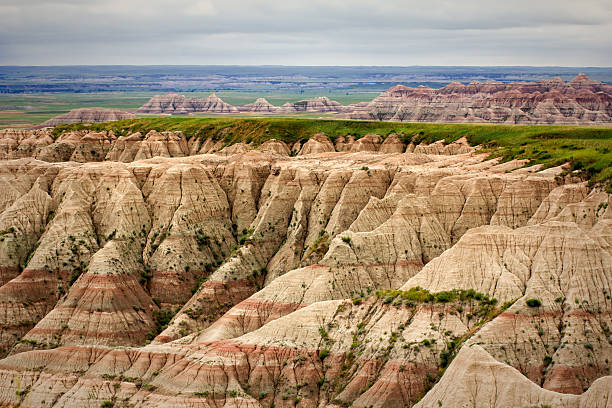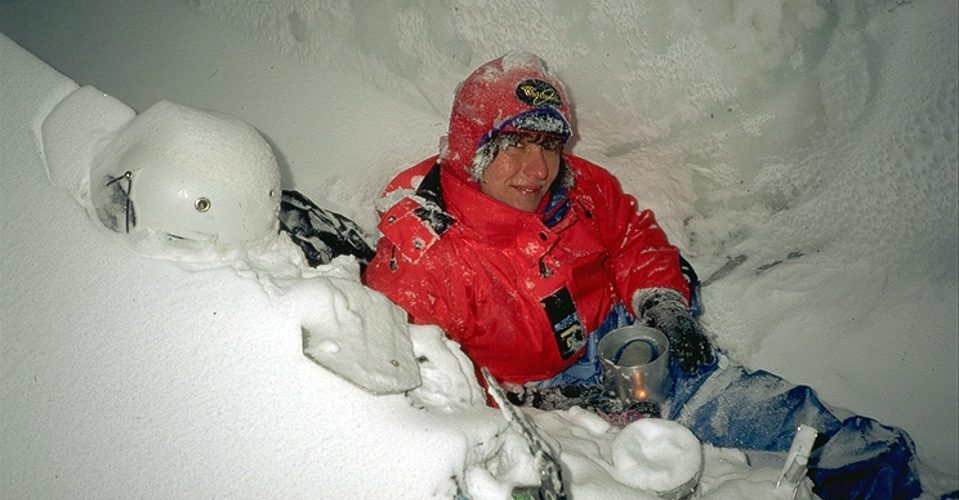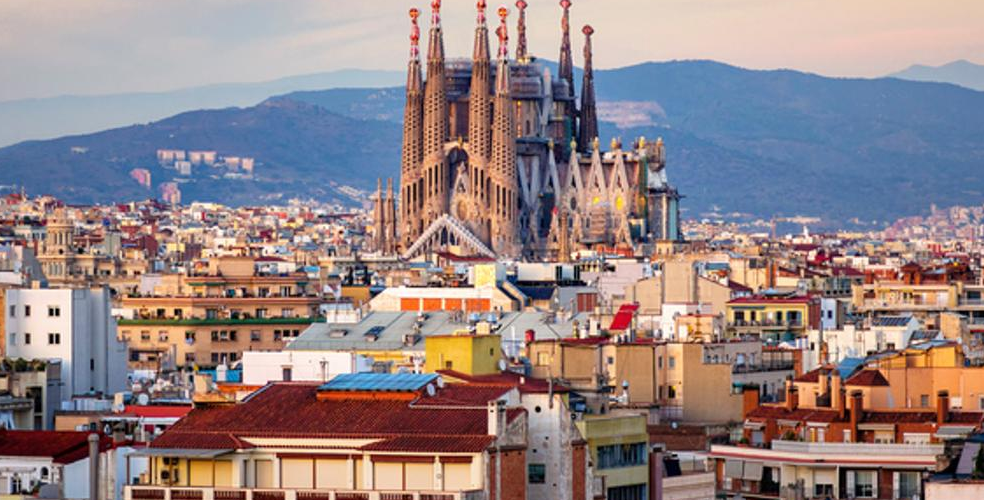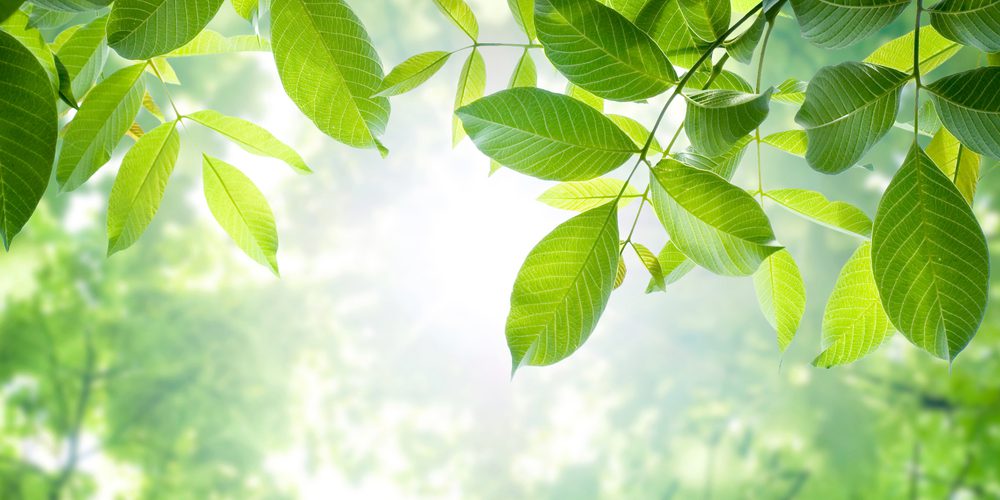Kilauea: one of the world’s most active lava-spewers

As Hawaii’s Kilauea volcano continues to release lava following two weeks of violent eruptions, now is a good a time as any to explore the science behind the rocky magma-spewers.
Dr Jessica Johnson spent two years on a research fellowship at the Hawaiian Volcano Observatory, focused on Kilauea.
How are volcanoes made?
Volcanoes form when magma (melted molten rock) from below the Earth’s crust muscles its way to the surface.
Magma packs different gases, chief among them carbon dioxide, water vapour and sulphur dioxide.
It is stored in magma chambers that are sealed by a lid of solid rock.
When it reaches the top, it causes eruptions of lava and ash. And as it cools down, it forms rock.
This is the beginning of a volcano’s formation, with the lethal beast growing larger the more it erupts.
There are four different types of volcanoes: cinder cones, composite volcanoes, shield volcanoes and lava volcanoes.
Cinder cones are circular or oval cones made up of tiny bits of lava from a single vent that have been blown into the air, cooled and fallen around the top.
Composite volcanoes are steeper than their counterparts and are composed of several layers of volcanic rocks, usually made from high-viscosity lava (which is thick and can’t flow far), ash and rock debris.
Shield volcanoes (like Kilauea) are shaped like a bowl in the middle with long gentle slopes made by basaltic lava flows – this is the most common type of lava on Earth and consists of high amounts of iron and magnesium.
Lava domes are formed when erupting lava is too thick to flow and makes a steep mound as it piles up near the volcano’s vent.
What causes volcanoes to erupt?
There are several different processes that can cause a volcano to explode.
Essentially, an eruption occurs when there’s an increase in pressure inside the volcano’s chamber, causing the magma within to overflow.
But there are variations that can kickstart this sequence of events.
One of these is tectonic plate movements.
Volcanoes are usually found near the edges of Earth’s tectonic plates. When these separate, magma rises gradually in order to fill the gap through an explosion of basaltic lava.
On the other hand, when one plate pushes underneath the other, this pushes molten rock, sediment and seawater down into the magma chamber.
These materials are then melted into fresh magma, causing more congestion in the chamber until it erupts, releasing sticky and thick lava at temperatures from 800 to 1,000 degrees Celsius.
Aside from plate tectonics, decreasing temperatures can also play a part in eruptions.
A drop in temperature can cause old magma to crystallise and sink to the bottom of the chamber, forcing fresh liquefied magma out the top.
Lastly, a dip in external pressure on the magma chamber may also provide the catalyst for an eruption by hindering its ability to hold back internal pressure.
This is often caused by natural events, such as typhoons and glacial melting.
Hawaii’s Kilauea volcano – a brief history of one of the world’s most active lava-spewers
Kilauea has had more than 60 recorded eruptions in the current cycle, and has been erupting on a continuous basis since 1983.
Kilauea’s frequent, short eruptions usually cooled and halted before reaching the coast.
During the 19th century the main floor of Kilauea’s basin went through multiple periods of lava filling and collapse.
By 1919 it had reached its current depth of 500ft.
In 1955, an eruption in the east rift, accompanied by a series of quakes, caused lava to pour from fissures over a period of 88 days, destroying more than 6 square miles (15 km) of land.
Why is Kilauea still erupting?
“Several fissures in the lower east rift zone of Kilauea have merged, creating more lava fountaining up to 100 m high and lava flows have increased in volume,” explains Dr Johnson.
“The flows have travelled over 5 km and have entered the Pacific ocean, crossing one of the main highways.
“The increased fissure activity is producing tripled sulphur dioxide emissions. Lava entering the ocean causes a chemical reaction and can result in small explosions, and tiny particles of hydrochloric acid and volcanic glass in the air. Further bush fires have also been reported, adding smoke to the airborne hazards.
“Seismicity and deformation are still high in the Puna area, suggesting that the eruption is likely to continue.
“At Kilauea’s summit, two further large explosions have occurred over, sending ash into the atmosphere and producing ballistic projectiles around the vent.
“Seismicity and deformation are still high at the summit, suggesting further explosions are likely. The explosions were accompanied by medium sized-earthquakes (magnitude 4.9). Nearly 3000 earthquakes have been recorded over the last month.
































